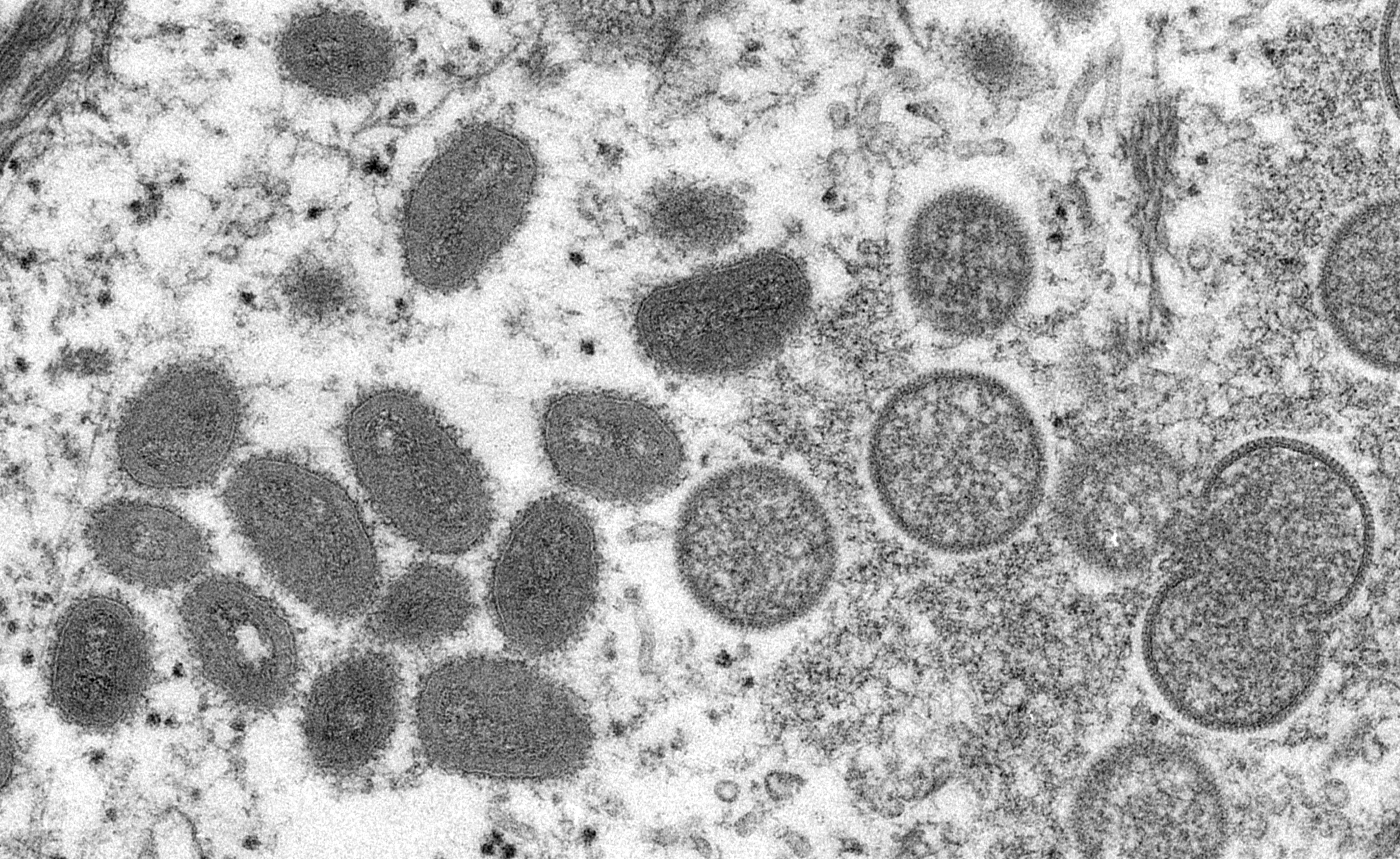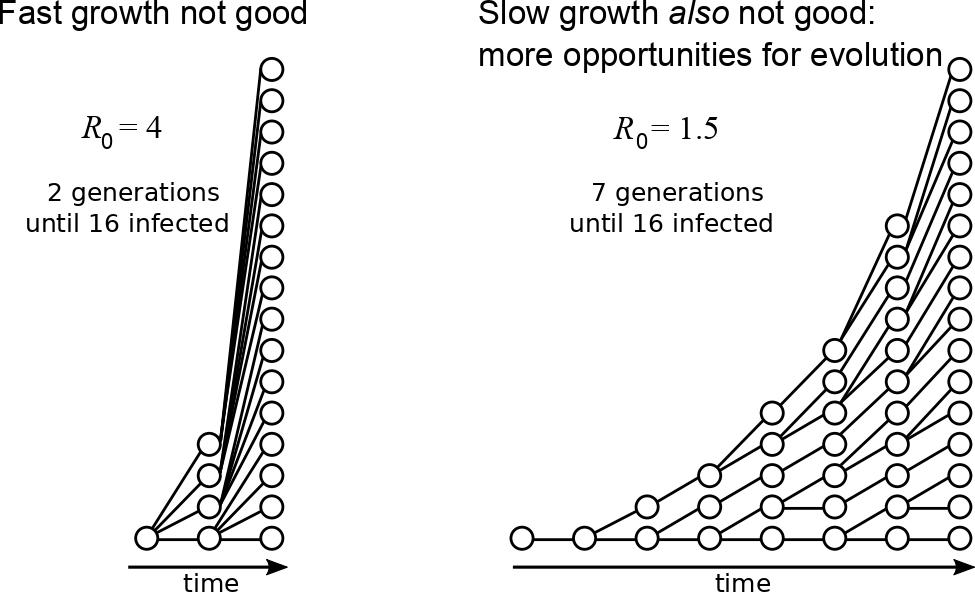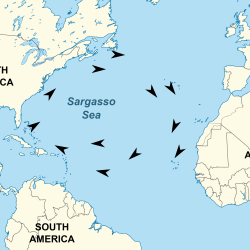Delayed Intervention Makes Eliminating Monkeypox More Difficult
While monkeypox cases seem to be stabilizing, stronger and better-adapted variants may still evolve, according to new UMD research.
Vaccinations and lifestyle adjustments in at risk-populations have enabled public health authorities to gradually get a better handle on monkeypox in the U.S., but a new study warns that it’s too soon to relax.

“Just because a disease like monkeypox appears controllable does not mean it will stay controllable,” said the paper’s lead author, University of Maryland Biology Assistant Professor Philip Johnson. “Slowly simmering epidemics like monkeypox have a higher probability of evolution during the time frame while case numbers are low. This means that waiting until the number of cases is high again would give monkeypox the opportunity to adapt more substantially to humans.”
The paper, “Evolutionary consequences of delaying intervention for monkeypox,” was published in the medical journal The Lancet on September 21, 2022.
In the paper, Johnson and his co-authors cited other high-profile outbreaks exacerbated by pathogen evolution, including the recent Ebola virus outbreak (2013-16), and the delta and omicron variants of SARS-CoV-2. These evolutionary changes likely made the viruses more difficult to control.
“We expect zoonotic infections—diseases that originate from animals, like Ebola from bats and monkeypox from rodents—to be poorly adapted to people when they first jump between species,” Johnson said. “But given enough time, the pathogens can mutate just a little with each new transmission and become increasingly better at thriving in humans.”

The team hopes that its research will encourage policymakers to avoid complacency and procrastination when tackling seemingly “controllable” viruses like monkeypox. If implemented quickly and consistently enough throughout an epidemic’s lifecycle, control measures like contact tracing or vaccination may give public health authorities the best chance to fully eradicate the outbreak before significant evolution occurs. In the long term, the team’s goal is to increase global responses to any zoonotic infection in its earliest iteration—when it is relatively cheaper and easier to control.
“Pathogen evolution can’t be stopped, but it can definitely be slowed by control measures,” Johnson said. “We have finite public health resources, meaning that we need more research to develop tools that can identify possible early-stage evolutionary adaptations and help guide control efforts to where they’ll be most effective."
###
This research was supported by the Swiss National Science Foundation (Award No. 31003A_179170) and the U.S. National Institutes of Health (Award Nos. U01 AI 150747 and U01 AI 144616). This story does not necessarily reflect the views of these organizations.
In addition to Johnson, co-authors of the paper include researchers from the University of Washington, Seattle; ETH Zurich; the University of Florida; Fred Hutchison Cancer Center; and Emory University.
The paper, “Evolutionary consequences of delaying intervention for monkeypox,” was published in the medical journal The Lancet on September 21, 2022.







